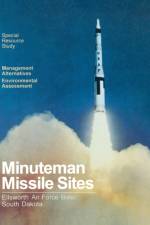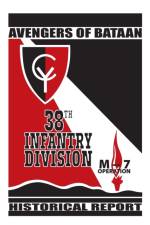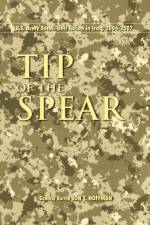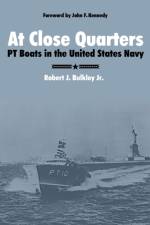av M E D'Imperio
351
The Voynich manuscript, often dubbed "the world's most mysterious manuscript," is a remarkable conglomeration, written in an unknown script and language and profusely illustrated with carefully rendered images of unidentified plants, enigmatic astronomical drawings, and puzzling human figures. Known to have existed since the late 16th century, when it was owned by the physician of that most enigmatic of rulers, the Emperor Rudolf II of Austria, it has been labeled variously as a magical manual, a herbarium, and a hoax. Both scholarly researchers and individual enthusiasts have linked this remarkable document to the Hermetic tradition, astrology, demonic and angelic magic, alchemy, the Cabala, and the history of Hindu-Arabic numerals. Many believe that it is an enormous - and so far indecipherable - book code within which the secrets of one or more of these subjects are concealed. "The Voynich Manuscript: An Elegant Enigma" provides a careful examination of this last hypothesis while also touching upon the myriad other possibilities raised by previous researchers. It gives a brief history of this mysterious work and a detailed discussion of the many unsuccessful attempts to crack the presumed code or cipher, or at least discover whether it is written in a natural or artificial language. This fascinating study from the U.S. National Security Agency also raises the possibility, suggested more frequently in recent years, that the Voynich manuscript is a hoax. It concludes that, if so, the hoaxer must have labored for many years to create it - surely too much effort for very little known return. Also, given the penchant of early modern scientists and philosophers to disguise their researches through the use of symbols and allegory, its obscurity is not unprecedented, although obviously extreme. Whether a hoax, a cipher, or a key to the infinite, this account of the Voynich manuscript and the efforts to probe its true meaning tells a great true story that rivals any bestselling novel. Scholars, puzzle solvers, and anyone interested in historical mysteries will find much to ponder in this indispensable study.






























